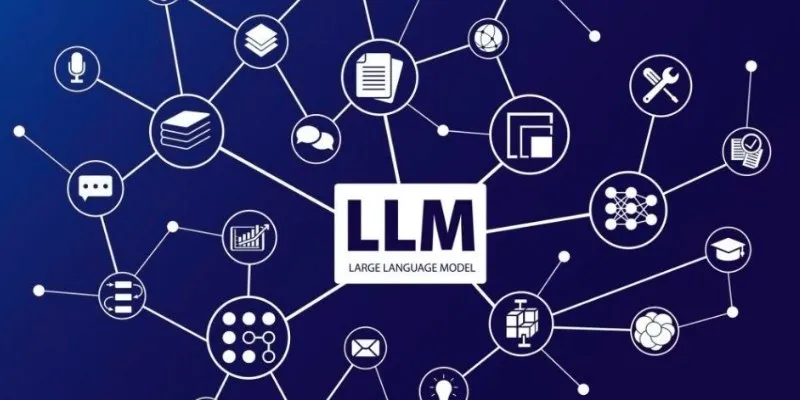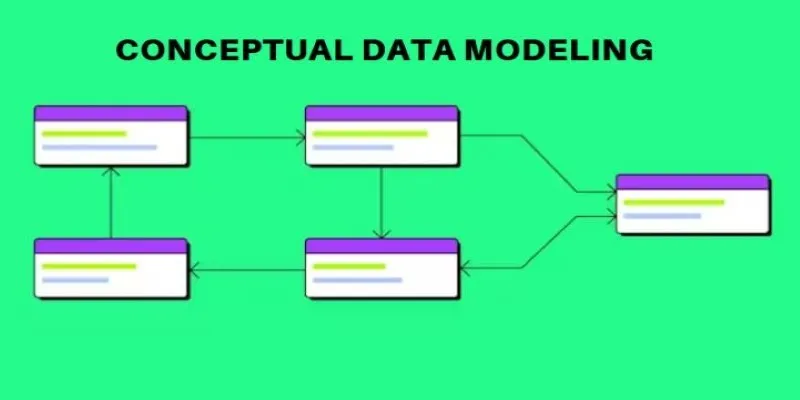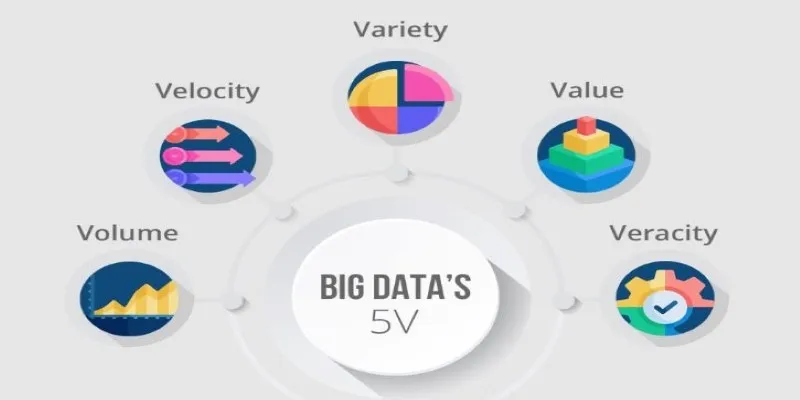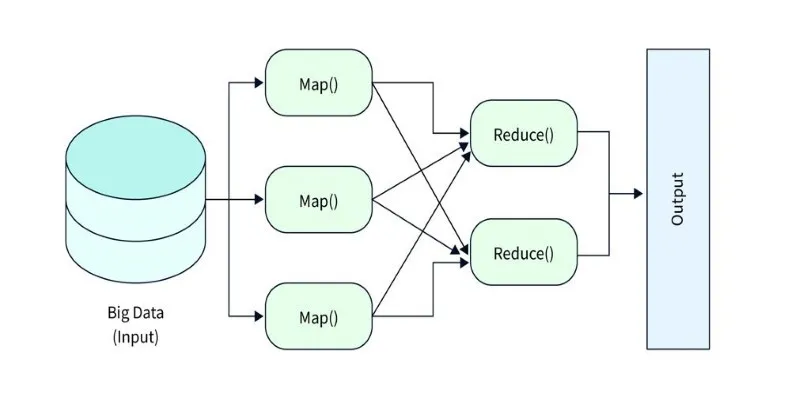Not all useful data comes in numbers. Some of the most meaningful insights come from labels—like your car’s color, your hometown, or your favorite fruit. These aren’t quantities you can rank or average, but they still matter. This is nominal data: data based on names, not numbers. It’s everywhere, quietly shaping how we sort, group, and understand information.
In fields like AI, marketing, and healthcare, nominal data helps organize human choices into clear categories. Nominal data doesn’t reflect value—it reflects identity. And in a world built on personalization and patterns, identity is everything. Let’s break down what makes it so essential.
Understanding the Basics of Nominal Data
Nominal data is one of the most basic types of data used in statistics and data science. The word “nominal” comes from the Latin nomen, meaning “name.” This type of data doesn’t involve numbers or ranking—it simply uses labels to name different categories. For example, eye colors like blue, brown, and green are all nominal values. There’s no logical order to these; they’re just distinct identifiers.
What separates nominal data from ordinal data is the absence of a sequence. With ordinal data, you can rank items—like rating a movie from one to five stars. But in nominal data, there’s no “greater than” or “less than.” Every category exists in isolation without an inherent hierarchy.
You’ll often encounter nominal data in places that require classification without judgment. Things like gender options on a form, political party labels, or pet types are typical examples. They help organize people or items into meaningful groups.
In the world of AI and machine learning, nominal data is key for classification tasks. It helps systems recognize categories based on shared features. Without this simple form of labeling, it would be much harder to sort, group, and analyze information effectively.
How Does Nominal Data Function in Statistical and AI Contexts?
In statistics, the first step in handling nominal data is usually coding. Since software and algorithms can’t directly process text labels, these values are translated into numbers. For example, labels like “cat,” “dog,” and “bird” might be converted to 1, 2, and 3. But these numbers aren’t ranked—they’re just identifiers. The real risk lies in misinterpreting these codes as ordered data, which can introduce bias if not addressed properly.

This becomes especially important in artificial intelligence. Many algorithms are designed to interpret numeric inputs as having some sort of relationship. That’s where encoding strategies come in. One-hot encoding, for instance, converts each label into a separate binary variable. So, instead of misrepresenting relationships, the model sees each category as independent. It’s a simple technique that keeps the data clean and the analysis reliable.
Nominal data also forms a critical part of many machine learning models. In a churn prediction system, features like “contract type” or “payment method” don’t carry numeric weight, but they reveal behavior patterns. These insights often guide the model’s decisions.
However, not all algorithms handle nominal data well. Clustering methods like K-means rely on distance calculations, which don’t apply to this type of data. Without proper handling or transformation, such models can produce flawed results, making it vital to respect the unique structure of nominal data in any analysis.
Real-World Applications of Nominal Data
Nominal data is all around us. In marketing, it helps classify customers by brand preferences or favorite colors—non-numeric details that guide targeted strategies. In healthcare, it’s seen in gender, blood type, or disease categories, aiding in diagnosis and treatment. Though not numerical, these labels organize information in ways that are vital for analysis, decision- making, and personalization across industries.
Surveys rely heavily on nominal inputs, too. Think of questions like “Which social media platform do you use the most?” or “What’s your marital status?” These answers don’t follow any rank, but they allow for clean segmentation in reports and trends.
Government systems also use nominal data for everything from census tracking to tax filing categories. It helps organize massive datasets and ensures smoother public service delivery. Education systems aren’t left out either—categorizing students by subjects, departments, or even extracurricular clubs all stems from this type of data.
In AI and machine learning, nominal data supports personalization. Algorithms use it to understand categories, like movie genres or user types, and deliver tailored suggestions. It might not shout for attention, but nominal data is quietly doing important work behind nearly every digital interaction.
Challenges and Considerations When Working With Nominal Data
Nominal data might seem simple on the surface, but using it effectively comes with its own set of challenges. One of the biggest hurdles is encoding. Most algorithms can’t directly process text-based labels, so we need to convert them into numbers. But doing this carelessly can imply a false order. One-hot encoding is often used to avoid that, though it increases the number of features in the dataset—sometimes drastically. This leads to what’s known as the curse of dimensionality, which can make models slower and more prone to overfitting.

Visualization is another tricky area. You can’t place nominal data on a scale, so standard charts don’t always fit. Pie charts and bar graphs work best, but even these can mislead if categories are placed in an order that implies ranking. Using color gradients or sorted bars can accidentally add meaning where there is none.
Sampling poses its issues. When certain categories are rare, models may struggle to learn from them. This can be especially critical in areas like fraud detection or medical research. Undersampling and oversampling need to be done carefully.
Finally, interpreting nominal data in models is complex. Since there’s no order, conclusions must be made carefully. Misreading patterns can lead to misleading results. Still, when handled correctly, nominal data remains essential for clean, structured analysis.
Conclusion
Nominal data may be simple, but it’s a powerful tool for organizing information into clear, non-ordered categories. Whether you’re labeling user preferences, survey answers, or medical records, this type of data helps systems make sense of identity-based inputs. While it doesn’t involve numbers or ranking, its impact on data classification and AI is undeniable. Handling it correctly ensures accurate insights and smarter models. In a data-driven world, even the most basic labels can hold significant value.
 zfn9
zfn9





















